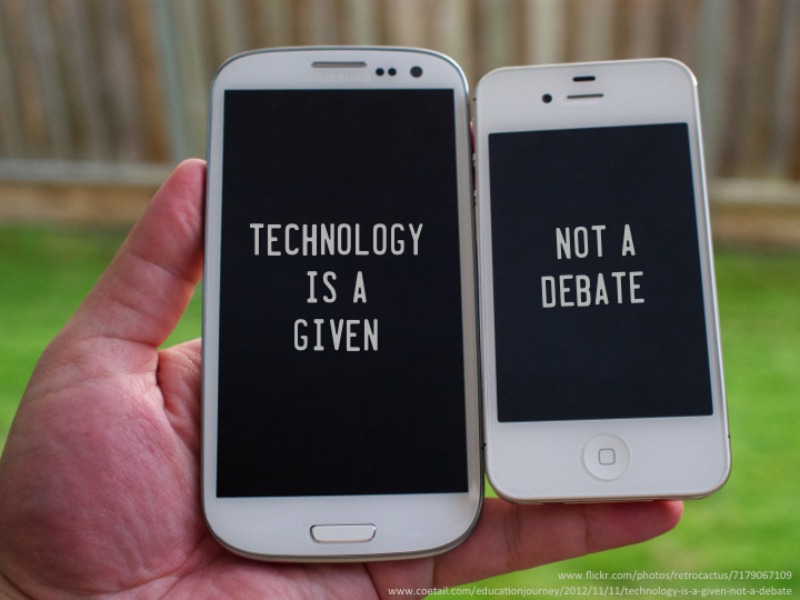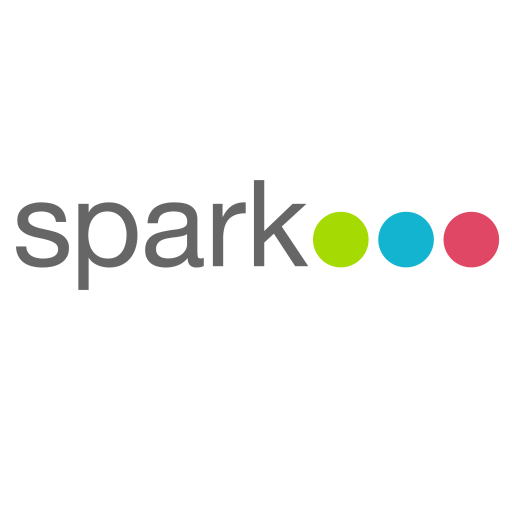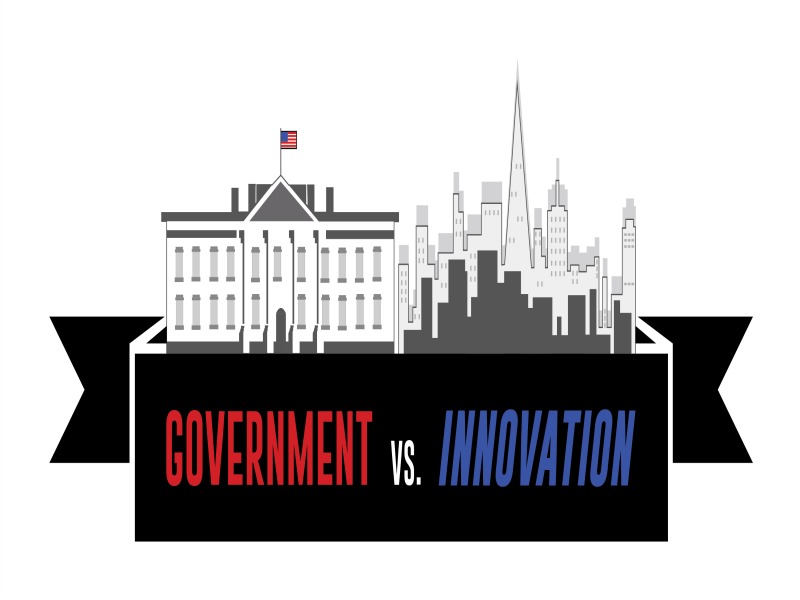Sparkpr 01 Dec 2014 // 5:00PM GMT

As an enterprise communications strategist for Sparkpr, one of the top independent PR agencies in the technology arena, I find myself relating more and more to the shoemaker’s children who go barefoot.
I immerse myself daily in innovative and even futuristic technologies that are causing massive disruption in a wide range of industries. But—as I engage in ongoing exchanges about these marvels with journalists and influencers writing for TechCrunch, Pando Daily, Mashable, VentureBeat, Recode, GigaOM and the like—I am increasingly aware and dismayed that technology disruption is markedly absent from the PR industry I call home.
We engage in a lot of mutual hand-wringing about the future of PR in the digital age, but much of it is pointless. PR doesn’t have a future if we don’t embrace and adapt to technology disruption—particularly with regard to message distribution.
Marshall McLuhan was 30 years ahead of his time when he coined his famous aphorism, “the medium is the message.” But we in the PR industry still don’t really get it: The medium we use for a particular communication has a profound impact on the way that message is received and internalized.
Our clients get it. Consider ProfitBricks, a cloud computing infrastructure provider, or DataStax, a market-transforming transactional database pioneer. Both companies have embraced the concept of using more compelling delivery mechanisms to distribute rich, engaging content.
Visualize a digital story box that combines responsive content with a collapsed and transparent user journey, and you’ll start to see where the future of PR needs to go.
Our clients are adapting to the disruption, exploiting and even contributing to it. In contrast, the PR industry has simply been retrofitting the old communication paradigm to new platforms. The medium is not part of the message; at best it is incidental, and at worst an annoying nuisance.
Our complacency is deep-rooted, established in the pre-Internet era when the production and distribution costs of print and electronic media created huge barriers to entry. These gateways sequestered targeted groups of media outlets and journalists for us and greatly simplified our lives.
Those barriers have been swept away. Now citizens can be journalists, brands can be publishers, and traditional media outlets are increasingly virtual hubs aggregating freelanced content that gets filtered and personalized for subscribers.
Meanwhile, we PR professionals continue to disseminate the same emailed pitches and press releases with links to images, graphics, presentations and videos about all the disruption our clients are causing. They join the flood of messages burying today’s journalists, influencers and analysts, and we hope they get noticed. We work harder and harder to produce diminishing returns. Instead of enlightening our very precious target audience, we are adding to the burden of its constituents.
When it comes to leveraging today’s amazing technologies, we harbingers of technology disruption rate a big, fat “F.” We need to take McLuhan’s philosophy to heart and re-imagine the way we communicate, represent and promote our clients’ messages. We need to find new ways to aggregate information, minimize clicks, and make content consumption easier and more enjoyable.
As public relations continues to redefine itself in an increasingly disintermediated world, we PR intermediaries need to do more than talk the tech talk, or even just walk the tech walk. If we want our pitches to be noticed and our clients’ media to be earned, we must lead the charge and disrupt our own medium of delivery…or be made utterly redundant.
Tim Donovan is managing director at Sparkpr.


































.jpg)














